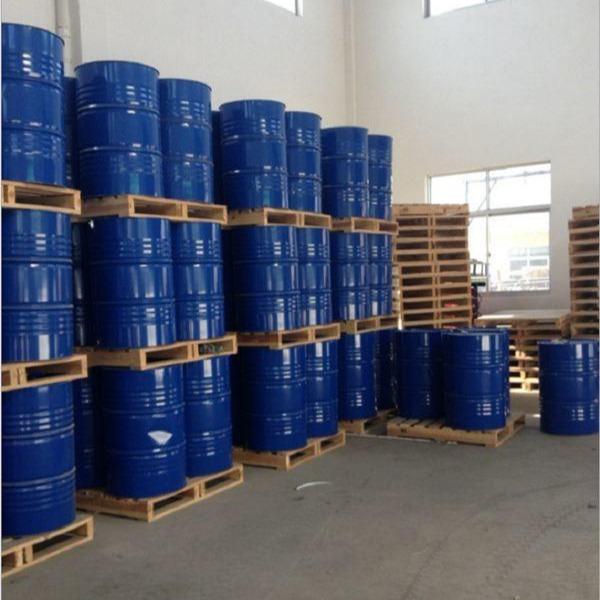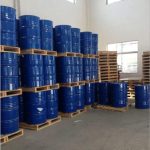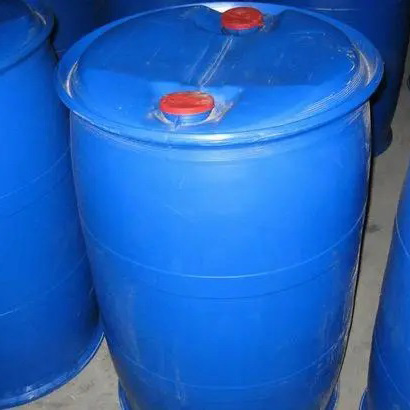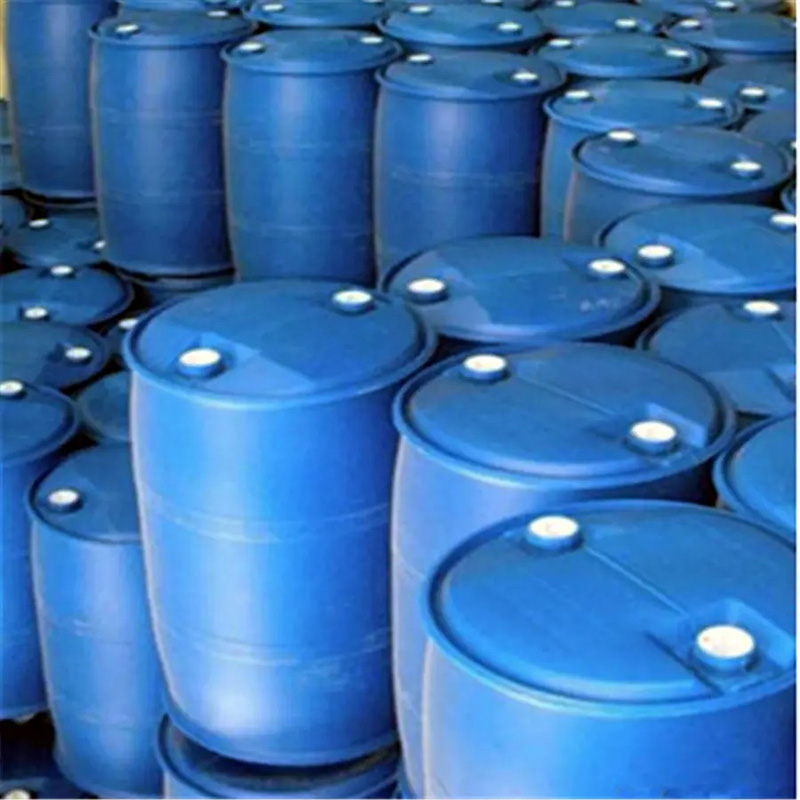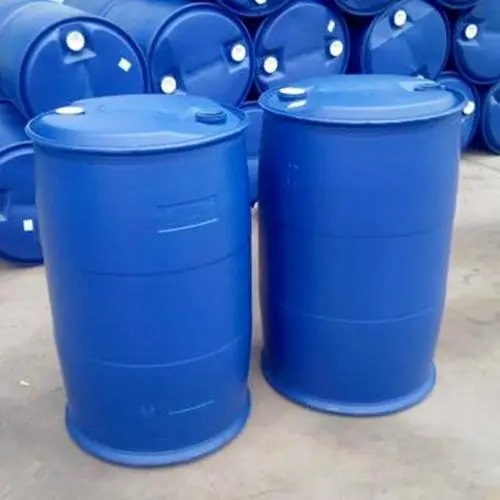
Acrylonitrile
Chemical properties:
Colorless, volatile, transparent liquid with sweet taste and slight odor. Soluble in organic solvents such as acetone, benzene, carbon tetrachloride, ether, ethanol, etc. Slightly soluble in water. Uses: Used in the synthesis of polyacrylonitrile, nylon 66, nitrile rubber, ABS resin, polyacrylamide, acrylic esters, etc., and also used as grain fumigants.
Uses:
1. Acrylonitrile is an intermediate for fungicides bromothionil and propamocarb, insecticides chlorpyrifos and dimethoate, and cartap. It can also be used to prepare methyl permethrin for the production of pyrethroids, and is also an intermediate for insecticide chlorpyrifos.
2. Acrylonitrile is an important monomer for synthetic fibers, synthetic rubbers, and synthetic resins. Acrylonitrile fiber (acrylic fiber) is made from acrylonitrile, and its performance is very similar to wool, so it is also called (synthetic wool). Acrylonitrile and butadiene copolymerization can produce nitrile rubber, which has good oil resistance, cold resistance, wear resistance, and electrical insulation properties, and its performance is relatively stable under most chemical solvents, sunlight and heat. Acrylonitrile is copolymerized with butadiene and styrene to produce ABS resin, which has the advantages of light weight, cold resistance and good impact resistance. Acrylonitrile hydrolysis can produce acrylamide and acrylic acid and its esters. They are important organic chemical raw materials. Acrylonitrile can also be electrolytically hydrogenated to produce adiponitrile, and adiponitrile can be hydrogenated to produce hexamethylenediamine, which is the raw material of nylon 66. It can be used to manufacture water repellents and adhesives, and is also used in other organic synthesis and pharmaceutical industries, and as a grain fumigant. In addition, this product is also a non-proton polar solvent.
3. Used as a chromatographic analysis standard substance, and also used to calibrate instruments and devices for the manufacture of rubber, plastics, organic synthesis and pesticides; evaluation methods; working standards; quality assurance/quality control; others.

